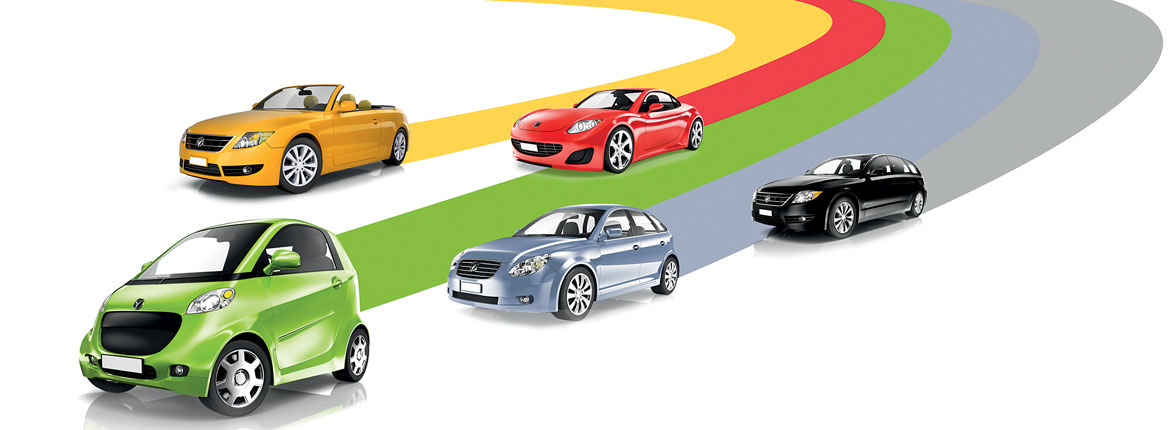As consumers of any product in the 21st century, we expect the information provided by the retailer, printed in the brochure and advertised on sales material to be truthful and accurate.
If not, we assume that consumer laws will protect us and come down hard on the retailer. And when such claims are backed up by a government body and subject to international standards sanctioned by the United Nations, (UN), amongst others, we feel we can rely on them implicitly.
So, when we walk into a showroom shopping for a new car and a window sticker issued by the Energy Efficiency and Conservation Authority (EECA), claims in the sales brochure, and the salesperson’s spiel all tell us the fuel consumption of the shiny new model we’re keen on is, say 6.5 litres per 100km, it’s only natural to assume that’s the economy we’ll get. Not seven or eight litres or more, but six and a half.
It’s a legal requirement for New Zealand new car distributors to provide fuel economy data to the New Zealand Transport Agency (NZTA). This data is available to the public via EECA’s website and dealers are required to display economy labels on any vehicle manufactured after 2000, with the exception of electric cars.
Where does the data originate?
Most countries that New Zealand sources new vehicles from are signed up to UN agreements. Generally, European and Japanese cars which dominate our new car market are independently tested to UN test methods. Japan also has a domestic test regime which used Japanese imports in our market will have been tested to.
Australian cars are tested to Australian Design Rules which use the same test regime as specified in the UN regulations; the US test is carried out by the Environmental Protection Agency and follows a very similar procedure. While there are some slight variables, it’s reasonable to assume that wherever the vehicle originated from, a relatively level playing field exists for comparison purposes.
How do these tests work?
The European test method which applies to most new cars sold in New Zealand has two parts to it: an urban test cycle and an extra-urban cycle. The tests are carried out in a laboratory at an ambient temperature typically of 25° C, they’re conducted on a rolling road from a cold start, and all cars tested have been run-in, having been driven for at least 3,000kms.
The urban test cycle simulates driving in traffic. It consists of a series of accelerating, steady driving, decelerating and idling modes. It is conducted over a distance of four kilometres, with a maximum speed of 50km/h and an average of 19km/h. It is repeated four times. The extra-urban cycle, designed to simulate open road conditions, is conducted immediately after the urban test. It’s conducted over a distance of seven kilometres at an average speed of 63km/h with a maximum of 120km/h.
The fuel consumption figure quoted is always the combined cycle figure. This is the average of the two tests, weighted by the distance covered in each part of the test.
Why don’t most cars live up to their fuel claims?
There has been criticism of claimed fuel consumption figures, as very few drivers achieve them in real-world, everyday conditions. Critics claim that the test regime is out of date, having been first introduced in the 1970s and not updated since 1997.
Also, cars have higher power today, with the average 0-100km/h time dropping from 14 seconds in 1981 to nine seconds in 2007. Perhaps we’re just using all that power and accelerating harder today?
Other factors are that the test is allowed to be carried out with ancillary features such as air-conditioning and heated rear windows switched off, and there is an allowance for minor variations to speed.
With no regulations relating to bodywork projections, roof rails and mirrors can be removed. Furthermore, there’s no stipulation governing tyre pressures, so tyres are allowed to be set at higher than recommended pressure.
All these measures will have an impact in reducing the fuel consumption. However, the biggest anomaly is the human element. Having conducted fuel economy testing in the past (see AA Directions, Autumn 2010), we found that while air-conditioning, roof racks and tyre pressures all contributed to fuel consumption, an aggressive driving style had the biggest impact on fuel use, easily adding 20% or more.
Conversely, we know that if we drive ... with economy in mind, we can save quite a bit.
Conversely, we know that if we drive smoothly, accelerate gently, coast downhill and drive with economy in mind, we can save quite a bit.
In the AA Energywise Rally, an event that used to be conducted annually to find New Zealand’s most economical car by drivers focused on driving economically, manufacturers’ claims were commonly bettered by over 20%, with improvements of close to 40% for some.
So, because the claimed figures are achievable, no consumer law is being contravened. Currently, under UN guidance, a new global test procedure is being developed. In the meantime, and in the absence of a perfect model, current standards at least provide a means for buyers to make comparisons between vehicles.
But for most drivers, unless you feather-foot it, you can reckon on your car slurping a bit more fuel than the brochure, EECA or salesperson tells you.
Reported by Andrew Bayliss for our AA Directions Autumn 2024 issue




